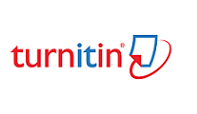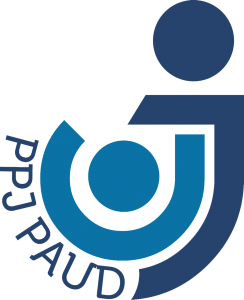DEVELOPMENT OF VIRTUAL LEARNING MODEL FLIPPED CLASSROOM
Abstract
Keywords
Full Text:
PDFReferences
Abeysekera, Lakmal, and Phillip Dawson. (2015). Motivation and cognitive load in the flipped classroom: definition, rationale and a call for research. Higher Education Research & Development 34(1), 1-14
Alvarez, B.: (2011). Flipping the classroom: Homework in class, lessons at home. Education Digest: Essential Readings Condensed For Quick Review 77(8), 18–21
Bergmann, J., & Sams, A. (2012). Flip your classroom: reach every student in every class every day. Washington, DC: International Society for Technology in Education
Blau I. & Shamir-Inbal T. (2017).Re-designed flipped learning model in an academic course: The role of co-creation and co-regulation, Computers & Education, doi: 10.1016/j.compedu.2017.07.014.
Carl, Reidsema, Lydia, Kavanagh, Roger Hadgraft, Neville, Smith. (2017).The Flipped Classroom Practice and Practices in Higher Education. Springer
Ismail, S.S., & Abdulla, S.A. (2019). Virtual flipped classroom: new teaching model to grant the learners knowledge and motivation. Journal of Technology and Science Education, 9(2), 168-183. https://doi.org/10.3926/jotse.478
Johnston, N. n., & Karafotias, T. t. (2016). Flipping the Classroom to Meet the Diverse Learning Needs of Library and Information Studies (LIS) Students. Journal of Education For Library & Information Science 57(3), 226-238
Johnson, G. M. & Davies, S. M. (2014). Self-regulated learning in digital environments: Theory, research, praxis. British Journal of Research, 1(2), 1-14. Retrieved April 10, 2017 from http://espace.library.curtin.edu.au/cgibin/espace.pdf?file=/2014/11/11/file_1/203527
Kurniawati, Meyla, H. Santanapurba, Kusumawati, Elli. (2019). Penerapan Blended Learning Menggunakan Model Flipped Classroom Berbantuan Google Classroom Dalam Pembelajaran Matematika SMP. EDU-MAT: Jurnal Pendidikan Matematika, Volume 7, Nomor 1, April 2019, hlm. 8 – 19
King, Alison. From sage on the stage to guide on the side: College teaching 41 1: 30–35.
Lo, Chung. (2017). A critical review of flipped classroom challenges in K-12 education: possible solutions and recommendations for future research. Research and Practice in Technology Enhanced Learning. Ryback, D., & Sanders, J.: Humanistic versus traditional teaching styles and student satisfaction. Journal of Humanistic Psychology, 20(87), 87-90, (1980).
Mo, Jun, Mao, Chunmei. (2017). An Empirical Study on the Effectiveness of College English Reading Classroom Teaching in the Flipped Classroom Paradigm. Revista de la Facultad de Ingeniería U.C.V. 32: 632–639 – via PKP
Sams, Aaron. (2015). The Flipped Class: Shedding Light on the Confusion, Critique, and Hype. The Daily Riff. Retrieved 7 April.
Sahin, Muhammed Fell Kurban, Caroline.: (2016). The Flipped Approach to Higher Education: Designing Universities for Today's Knowledge Economies and Societies. UK, Emerald. ISBN 978-1786357441
Strayer, J. E. (2007). The effects of the classroom flip on the learning environment: A comparison of learning activity in a traditional classroom and a flip classroom that used an intelligent tutoring system. Doctoral dissertation. The Ohio State University. Retrieved from http://search.pro quest.com/docview/304834174.
Prensky, M. (2001). Digital natives, digital immigrants. On the Horizon, 9(5), 1-6.
Tucker, B. (2012). The flipped classroom. Education Next,12(1), 82-83. (2012).
DOI: https://doi.org/10.17509/edukids.v18i2.35493
Copyright (c) 2021 Edukids: Jurnal Pertumbuhan, Perkembangan, dan Pendidikan Anak Usia Dini

This work is licensed under a Creative Commons Attribution-ShareAlike 4.0 International License.















.jpg)






